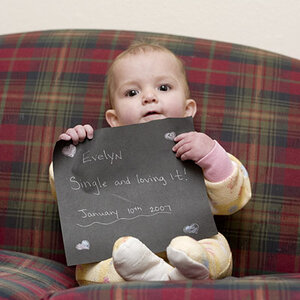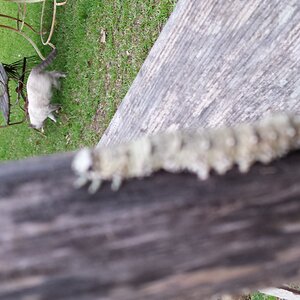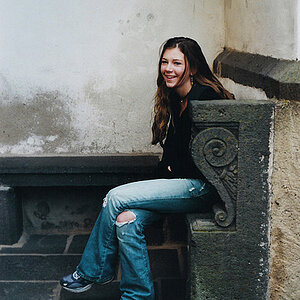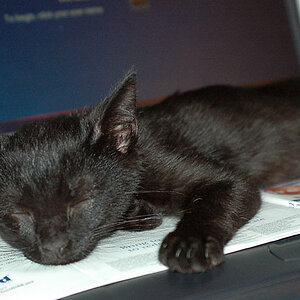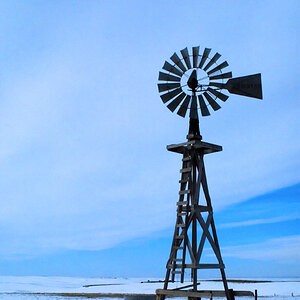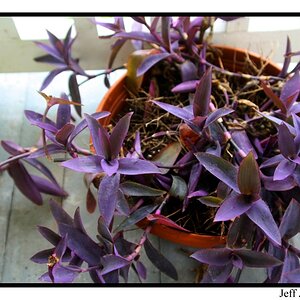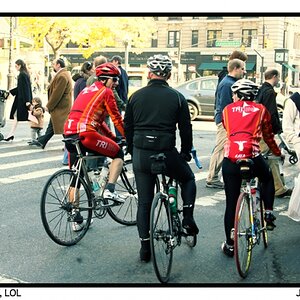kellylindseyphotography
TPF Noob!
- Joined
- Mar 26, 2008
- Messages
- 1,270
- Reaction score
- 0
- Location
- Haverhill, Ma
- Can others edit my Photos
- Photos NOT OK to edit
I'm really bad with the math part of photography. If anyone can help, greatly appreciated.
OK the largest picture size print I offer is 11x14. So I need to know what specifications are needed for great quality from that size down to wallet size.
If, when uploaded, my image size is only 72 ppi for resolution, and the w X h is 23x34, how does this translate in prints? Of course, best to order the prints and see for myself, but its just not possible right now.
If I change the PPI to say 150.. how will this change my picture? Will PS try to fill in those pixels appropriatly (but badly?) or is it a good thing? I cannot see a difference when I do it. How does that translate to the print?
Also, I don't need a 23x34 size image, so if I change that to 11x14, how much quality am I loosing? Since I am cutting it in half, am I losing that much quality also?
I am so confused about this stuff, any help is really appreciated and sorry for being such a noob.
OK the largest picture size print I offer is 11x14. So I need to know what specifications are needed for great quality from that size down to wallet size.
If, when uploaded, my image size is only 72 ppi for resolution, and the w X h is 23x34, how does this translate in prints? Of course, best to order the prints and see for myself, but its just not possible right now.
If I change the PPI to say 150.. how will this change my picture? Will PS try to fill in those pixels appropriatly (but badly?) or is it a good thing? I cannot see a difference when I do it. How does that translate to the print?
Also, I don't need a 23x34 size image, so if I change that to 11x14, how much quality am I loosing? Since I am cutting it in half, am I losing that much quality also?
I am so confused about this stuff, any help is really appreciated and sorry for being such a noob.



![[No title]](/data/xfmg/thumbnail/42/42253-fef7e43227f484b1a95dd6d85c03bd40.jpg?1619740063)
